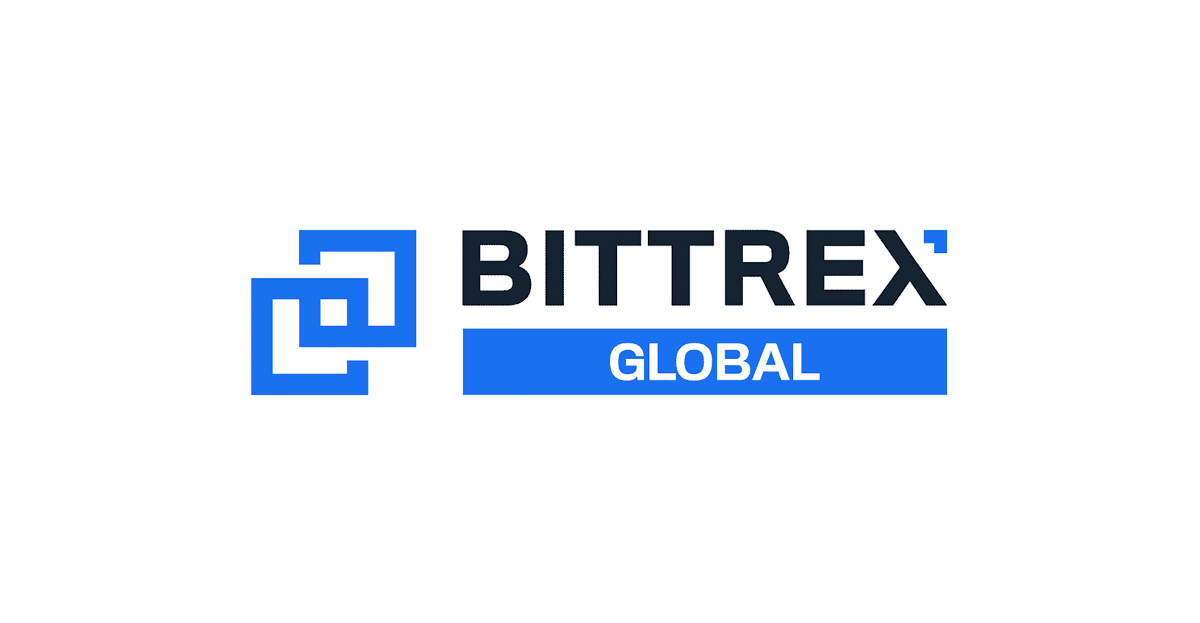
How much tax you pay depends on how long you held the crypto
If you held on to the crypto for less than one year before selling, you’re going to be taxed at ordinary income rates. This means that any gains that you made will be taxed at a rate that corresponds to your individual, joint, or business income tax rate. For reference, the federal income tax rates for individuals in the tax year 2022 are listed below:
On the other hand, if you hold your crypto for longer than one year, you will benefit from the federal long-term capital gains tax rate. In most instances, the long-term capital gains tax rates are appreciably lower than individual income tax rates. So if you are close to the one year holding period and don’t need to reinvest immediately, hold on as you could pay less taxes.
Most businesses will pay similar tax rates on capital gains to those listed above because of the pass-through provisions written into the tax code.
Example situations
Swapping one crypto for another
Suppose you initially purchased 1 BTC for $10,000 and less than a year later decided to exchange it for ETH when the price of 1 BTC was $40,000. This would be considered a taxable event and you would need to report a capital gain of $30,000 ($40,000 - $10,000) on your tax return. Since you held the 1 BTC for less than one year it would be considered a short-term capital gain and you’d have to pay taxes at the applicable ordinary income tax rate.
Using cryptocurrency to buy an NFT
Let’s say you use some of your ETH to buy an NFT. While this may not seem like a taxable event, this transaction is treated as a sale of ETH to acquire an NFT. You would need to calculate and report any capital gains or losses at the time of sale. Say you had a capital gain of $10,000 (congratulations, you’re one of the few successful NFT flippers) and the crypto you sold you held for more than one year, therefore you’d pay capital gains taxes at the applicable long-term rate.
In what order should I sell crypto I bought over multiple transactions?
When you sell, you should sell your most expensive crypto purchase and use that number to determine your taxes. A higher cost basis translates to less tax on your sale. This is called Highest-In-First-Out, or HIFO. Read more in our article Tax Tip: Use HIFO Cost Basis & Keep More of Your Crypto Gains.
What form do I report this on?
You report capital gains or losses from crypto transactions on these federal tax forms:
- Form 8949 (Sales and Other Dispositions of Capital Assets): For each transaction, you must provide information such as the date of acquisition, date of sale or exchange, cost basis, fair market value, and the resulting capital gain or loss. You will also need to indicate if the gains or losses are short-term (held for one year or less) or long-term (held for more than one year).
- Schedule D (Capital Gains and Losses): After completing Form 8949, you will transfer the total gains and losses to Schedule D. Schedule D is used to summarize your total short-term and long-term capital gains and losses from all sources, including stocks, real estate, and crypto. The net gain or loss calculated on Schedule D will then be reported on your Form 1040, the main individual income tax return form.
What if I had a capital loss?
You don’t owe any taxes if you have a loss. Plus you can use it to offset capital gains and potentially reduce your taxable income.
Keep good records
Remember to retain records and documentation of your cryptocurrency transactions, as the IRS may request this information to verify the accuracy of your tax return. It’s best to use crypto accounting software to automate and remain compliant with these requirements to avoid any lapses.
How does Bitwave help?
Bitwave offers enterprise-grade software to help you effortlessly handle complex crypto tax scenarios. With Bitwave, you can continuously track and calculate cost basis, gains, and losses for short-term and long-term capital gains. For enterprises with multiple wallets and optimization complexities, we offer customizable inventory segregation methods (single, wallet-level, and arbitrary inventory groups) and cost basis strategies (FIFO, LIFO, HIFO, and Specific ID).

Disclaimer: The information provided in this blog post is for general informational purposes only and should not be construed as tax, accounting, or financial advice. The content is not intended to address the specific needs of any individual or organization, and readers are encouraged to consult with a qualified tax, accounting, or financial professional before making any decisions based on the information provided. The author and the publisher of this blog post disclaim any liability, loss, or risk incurred as a consequence, directly or indirectly, of the use or application of any of the contents herein.







